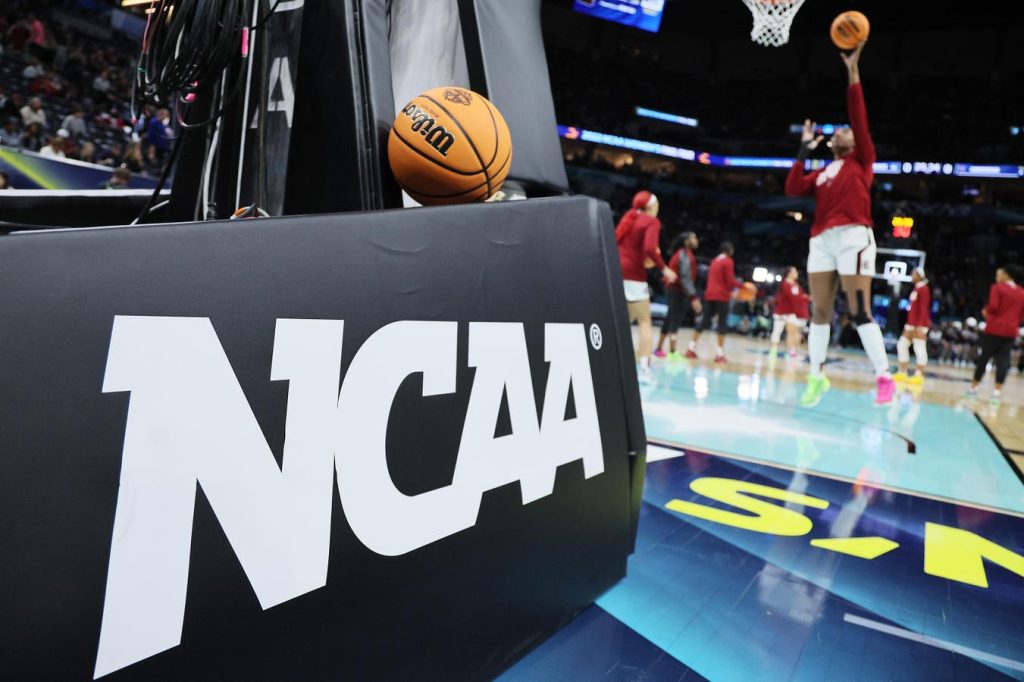The NCAA and Power Five conferences have reached a settlement in the House v. NCAA case, avoiding potential damages of $4 billion. The settlement includes $2.8 billion in damages to former college athletes and 22% of the average Power 5 school’s revenues for future revenue sharing.
The settlement benefits an estimated 14,500 Division I athletes who played between June 15, 2016 and November 3, 2023. Money will be divided based on a formula created by a sports economist, with some money split equally and some based on market value factors such as career snap count or player rating.
The NCAA will pay $1.1 billion of the $2.8 billion, with the Power Five and other Division I conferences covering the rest. The funding will come from NCAA payments to universities, revenue from March Madness, and direct payments.
Athletic departments will now be able to pay athletes up to $21-22 million annually per school for future revenue sharing. However, determining fair market value and managing ongoing evaluations will be complex and require new staff or responsibilities within athletic departments.
The settlement includes changes such as lifting scholarship caps and the possibility of new roster limits. This could have Title IX implications and potential antitrust violations in the future.
While the settlement marks a significant step in reformation of college sports, it does not solve all of the NCAA’s legal problems. Athletes still have the option to opt out of the settlement, and there are other cases and potential challenges on the horizon. Additionally, the NCAA and Power Five conferences are looking to Congress for future stability in the industry.













